Occupational Safety Training for Operating Seawater Purification Machines
99,000 ₫
Note: The above price is calculated per person and may vary depending on the number of participants in the course and market fluctuations. For more accurate pricing support, please refer to the pricing table or contact our consulting staff directly.
Occupational safety is an important issue when operating seawater purification machines and must be addressed promptly to ensure the health and safety of workers as well as to enhance the reputation of businesses here. The Occupational Safety Training course is one of the effective solutions to raise awareness about accident prevention for workers operating seawater purification machines.
Table of Contents
Toggle1. Overview of Seawater Desalination Systems
a. What is a Seawater Desalination System?
A seawater desalination system, also known as a seawater desalination device, is equipment or technology used to remove salt and other dissolved minerals from seawater, turning it into freshwater suitable for domestic, agricultural, and industrial use.
Seawater desalination systems are becoming increasingly important, especially in areas lacking freshwater resources, helping to provide sustainable water supplies for communities and agriculture.

b. How Does a Seawater Desalination System Work?
The operation principle of a seawater desalination system mainly relies on separating salt and dissolved impurities from seawater to produce freshwater. Below is a detailed description of common methods used in seawater desalination systems:
- Reverse Osmosis:
- Water Supply: Seawater is pumped into the system under high pressure.
- Membrane Filtration: Water passes through a semi-permeable membrane that allows only water molecules to pass while retaining salt and larger impurities.
- Freshwater Separation: The separated freshwater is collected, while the remaining brine (wastewater) is discharged.
- Distillation:
- Boiling: Seawater is boiled to create steam. During this process, salt and non-volatile impurities remain in the boiling chamber.
- Condensation: The steam is then cooled to condense back into liquid water.
- Freshwater Production: The condensed water is freshwater, while salts and impurities are left behind.
- Electrolysis:
- Electrodes: Seawater is fed into an electrolysis chamber with electrodes.
- Ion Separation: When electric current passes through, salt ions move toward the electrodes where they are separated, producing freshwater on the opposite side.
- Pre-treatment Systems:
- Before entering the main system, seawater is usually pre-treated to remove large impurities such as sand, algae, and organic matter to protect membranes and enhance efficiency.

c. Industries Using Seawater Desalination Systems
- Agriculture:
- Irrigation: Freshwater from desalination systems is used to irrigate crops, especially in arid or coastal areas.
- Aquaculture: Freshwater from seawater desalination helps maintain suitable habitats for fish and aquatic animals.
- Industry:
- Industrial Production: Many factories use freshwater for manufacturing processes, cooling, and cleaning.
- Food Processing: The food industry requires clean water for processing and preserving products.
- Tourism and Hospitality:
- Water Supply for Hotels: Resorts and hotels in coastal areas often use desalination systems to provide water for guests and daily operations.
- Urban and Domestic Water Supply:
- Providing Water for Residents: Many cities, especially those with limited freshwater sources, use seawater desalination systems to supply drinking water.
- Construction Projects:
- Water for Construction: In coastal construction projects, freshwater can be produced from seawater to support construction activities.
- Scientific Research:
- Ecological Studies: Freshwater from desalination systems can be used in ecological and environmental research, especially studying the impact of seawater on freshwater ecosystems.
2. Overview of Safety Training for Operating Seawater Desalination Systems
a. What is Occupational Safety Training?
- Occupational safety training for operating seawater desalination systems consists of sessions designed to raise awareness about accident prevention for workers. Those who work directly with seawater desalination machines belong to Group 3.
- The safety training course helps workers recognize and avoid hazards, reducing the risks of workplace accidents during their duties.
REGISTER FOR OCCUPATIONAL SAFETY TRAINING SERVICE
b. Training Duration
Initial safety training duration
- The total training time is at least 24 hours, including exam time.
- 8 hours of theory on policies and laws about occupational safety and hygiene
- 8 hours of theory on basic knowledge about occupational safety and hygiene
- 4 hours of theory on specialized training content
- 2 hours of practice on specialized training content
- 2 hours of theoretical exam at the end of the course
Safety training centers may split the training into multiple sessions depending on worker schedules. Usually, there are 6 training sessions over 3 days, provided the employer arranges continuous training time.
Periodic safety training duration
- Before the occupational safety card expires, workers who want reissuance must attend a periodic safety training course, with a duration at least 50% of the initial training time.
Explanation: The total periodic safety training time is at least 12 hours, including exam time. Upon completing the periodic training and passing the exam, workers will be reissued or have their occupational safety card extended.
c. Training Course Content
| No. | TRAINING CONTENT | TRAINING DURATION (HOURS) | |||
| Total | Including | ||||
| Theory | Practice | Exam | |||
| I | Policies and laws on occupational safety and hygiene | 8 | 8 | 0 | 0 |
| 1 | Overview of the legal documents system on occupational safety and hygiene. | 6 | 6 | ||
| 2 | Standards and technical regulations on occupational safety and hygiene. | 1 | 1 | ||
| 3 | Specific regulations by state management agencies on occupational safety and hygiene when building, expanding, or renovating facilities for production, use, storage, and inspection of machines, equipment, materials, and substances requiring strict occupational safety and hygiene. | 1 | 1 | ||
| II | Basic knowledge of occupational safety and hygiene | 8 | 8 | 0 | 0 |
| 1 | Basic knowledge about hazards and harmful factors at the workplace. | 4 | 4 | ||
| 2 | Methods to improve working conditions. | 1 | 1 | ||
| 3 | Safety culture in production and business. | 1 | 1 | ||
| 4 | Rights and responsibilities of employers and employees; policies and regimes on occupational safety and hygiene for workers; roles and duties of safety and hygiene staff network. | 1 | 1 | ||
| 5 | Occupational safety and hygiene regulations, signs, safety instructions, use of safety equipment and personal protective gear; first aid skills for workplace accidents, occupational disease prevention. | 1 | 1 | ||
| III | Specialized training content | 6 | 4 | 2 | 0 |
| Comprehensive knowledge about machines, equipment, substances causing hazardous and harmful factors; risk analysis, assessment, and management for occupational safety and hygiene; safe work procedures with machines, equipment, and substances requiring strict safety and hygiene. | 6 | 4 | 2 | ||
| IV | Final safety training exam | 2 | 2 | 0 | 0 |
| Total | 24 | 22 | 2 | ||
See more about training contents of the 6 groups
d. Occupational Safety Card
After completing the occupational safety training course and passing the exam, workers will be issued an occupational safety card (commonly called occupational safety certificate for Group 3).
The Group 3 safety card clearly shows personal information such as full name, date of birth, specific job and working environment, as well as training duration, official stamp, and signature confirming course completion.
According to regulations on card issuance stated in Clause 2 of Article 24, Decree 44/2016/ND-CP, there are two cases:
- If the employer and employee have a labor contract, the employer must sign, stamp, and endorse the safety card for Group 3 employees after they complete the training course and pass the exam.
- If the worker is freelance or temporary, without a labor contract, the training unit must sign, stamp, and endorse the safety card after the worker completes the course and passes the exam.

3. Hazards for Workers Operating Seawater Filtration Machines
When operating seawater filtration machines, workers may face several potential hazards. Below are some key risks they need to be aware of:
- Electrical hazards: Seawater filtration systems usually operate on electricity, so workers may be at risk of electric shock or leakage during maintenance or operation of the equipment.
- Chemicals: Many desalination processes use chemicals to pretreat seawater or disinfect water. Workers may be exposed to harmful chemicals, leading to poisoning or health problems if not properly protected.
- Working at heights: Some equipment may require workers to work at elevated positions or scaffolding, increasing the risk of falls.
- Mechanical hazards: Moving parts of the machine can pose dangers to workers, especially during maintenance or inspection without appropriate protective measures.
- Environmental impact: While handling seawater, workers may face harsh environmental conditions such as high temperature, high humidity, or exposure to weather elements affecting their health.
- Operational safety risks: Without proper training, workers may have difficulties operating the machine, leading to accidents or technical failures.
- Emergency situations: In cases of chemical spills, water leaks, or equipment failure, workers need to be trained to respond quickly and safely.

4. Accident Prevention Measures When Operating Seawater Filtration Machines
- Training and education: Organize regular training sessions for workers on occupational safety, machine operation procedures, and recognizing potential hazards. Ensure they understand how to use equipment and respond to emergency situations.
- Use of personal protective equipment (PPE): Provide adequate PPE such as gloves, safety goggles, masks, protective shoes, and suitable clothing to minimize exposure to chemicals and other hazards.
- Regular maintenance and inspection: Conduct periodic maintenance and inspections of equipment to ensure safe operation. Detect and fix technical issues early that could cause accidents.
- Establish safe working procedures: Develop and apply safe work procedures for each stage of operating seawater filtration machines. Include detailed instructions on working methods, pre-operation checks, and incident handling procedures.
- Chemical control: Ensure strict control over chemical use in the filtration process. Provide safety data sheets (SDS) to workers and instruct them on correct handling, storage, and transportation of chemicals.
- Rescue and first aid equipment: Ensure the availability of rescue and first aid equipment on site. Conduct first aid training so workers know how to respond in case of accidents.
- Safety warnings and signals: Install warning systems and safety signals in the machine operation area, such as danger signs, indicator lights, and alarms to alert workers to hazardous situations.
- Risk monitoring and assessment: Perform regular risk assessments to identify and control hazards during operation. Adjust control measures as necessary.
- Periodic inspection of seawater filtration machines to detect safety issues such as breakdowns, wear, or mechanical failures early, thereby reducing occupational accident risks.
5. Benefits of Occupational Safety Training
An Toàn Nam Việt offers businesses the following great benefits upon completing occupational safety training courses as regulated under Decree 44/2016/ND-CP on occupational safety and hygiene work, for companies and enterprises.
- Workers can recognize potential accident hazards and take preventive measures to avoid workplace accidents.
- Businesses can establish risk prevention measures in production, operation, and maintenance processes.
- Reduce costs arising from occupational safety risks.
- Uninterrupted production processes help increase labor productivity and product quality.
- Comply with occupational safety laws to avoid legal risks.
- Create prestige and professionalism in all aspects, thereby elevating the business brand.
Nam Việt’s training courses are solutions to prevent and counter external risk factors impacting individuals, helping them avoid dangers that may lead to injury or, worse, death.
REGISTER FOR OCCUPATIONAL SAFETY TRAINING SERVICES
6. Customer Feedback After Completing Training Courses
An Toàn Nam Việt has years of experience accompanying many businesses in Vietnam generally and in the southern provinces specifically. This responsibility is invaluable to Nam Việt, which is why their Occupational Safety Training work is increasingly professional. The motivation behind Nam Việt’s growth is positive feedback and constructive comments from clients. Below are some testimonials from partners we have served.
Bắc Nam E&C Investment Construction Joint Stock Company
“My first time using the service at An Toàn Nam Việt surprised me with the 24/7 enthusiastic support from the consulting team. The class organization was fast and convenient for our company, thank you very much Nam Việt!”
Hoa Đất Construction and Trading Joint Stock Company
“Nam Việt’s service has helped us greatly simplify occupational safety and complete safety documentation for work. The consulting team was enthusiastic and timely in answering our questions. 5 stars for Nam Việt.”
See more customer interviews after using An Toàn Nam Việt’s services
7. An Toàn Nam Việt’s Occupational Safety Training Capacity
An Toàn Nam Việt is a reputable and quality occupational safety training center in Vietnam today. Training sessions take place continuously at factories, plants, or construction sites nationwide (all 63 provinces in Vietnam).
REGISTER FOR OCCUPATIONAL SAFETY TRAINING SERVICES
Occupational Safety Training License
- An Toàn Nam Việt has been inspected and certified by the Department of Safety under the Ministry of Labor – Invalids and Social Affairs, confirming our eligibility to conduct occupational safety and hygiene training. This further strengthens our capacity to provide occupational safety training.

Training Materials and Lectures
- Before being included in Occupational Safety Training courses, training materials are reviewed and approved to ensure accuracy and effectiveness when applied.
- Our instructors’ teaching methods are standardized according to An Toàn Nam Việt’s standards, researched and developed by experts in occupational safety and hygiene training to deliver the best knowledge absorption for learners.
Facilities
- Controlling environmental factors in classrooms improves teaching efficiency and learners’ knowledge absorption.
- Our training facilities include spacious classrooms meeting standards for area, lighting, and training equipment.
8. Nationwide Reputable Occupational Safety Training Center
At An Toàn Nam Việt, we prioritize professional occupational safety training. For us, imparting self-protection knowledge to workers is essential to their safety in their livelihood journey and contributes to national development.
To ensure effective training, we meticulously prepare all details, from tools and teaching equipment to curriculum, materials, sound, and lighting.
Our instructors are experts with many years of experience, including research on hazard identification in various industries and prevention methods.
Lectures are practical and delivered in an engaging, easy-to-understand way for workers. These factors help learners feel comfortable and absorb knowledge well. The content strictly complies with Decree 44/2016/ND-CP.
Thus, learners grasp many prevention measures and ways to protect themselves, applying them appropriately in real work situations.
Our training center proudly offers reputable, professional occupational safety training services with the following advantages:
- Competitive training costs with guaranteed quality.
- Flexible training schedules to fit companies’ production.
- Fast and legally compliant certification procedures.
- Experienced instructors with long careers.
- Classroom environments controlled for optimal learning conditions.
- Training content tailored to companies’ occupational safety needs.
- Dedicated, professional support ensuring accurate and prompt service.

9. Additional Occupational Safety Training Materials
- Occupational Safety Materials for Operating Seawater Filtration Machines
- Occupational Safety Training Material Set
- Occupational Safety Training Test Set
- Occupational Safety Training Curriculum for Operating Seawater Filtration Machines
- Occupational Safety Multiple-Choice Test for Operating Seawater Filtration Machines
No comments yet

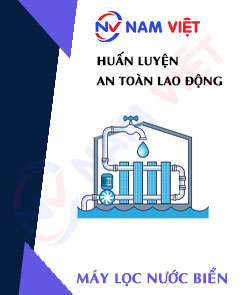




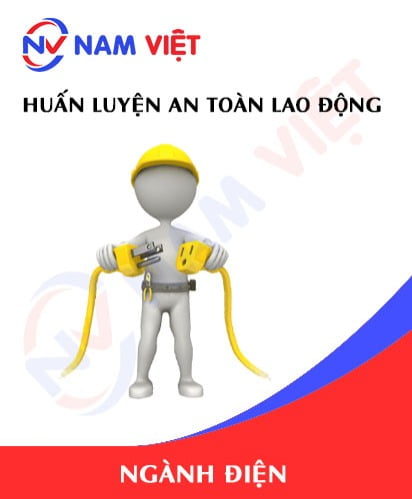

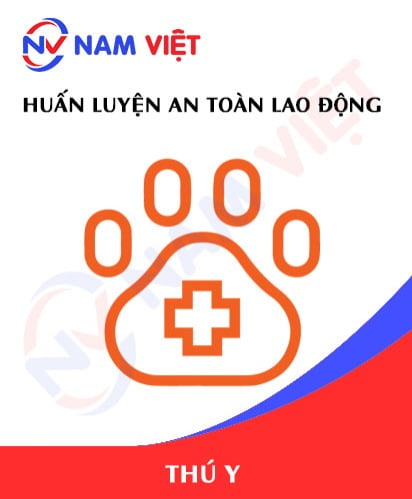

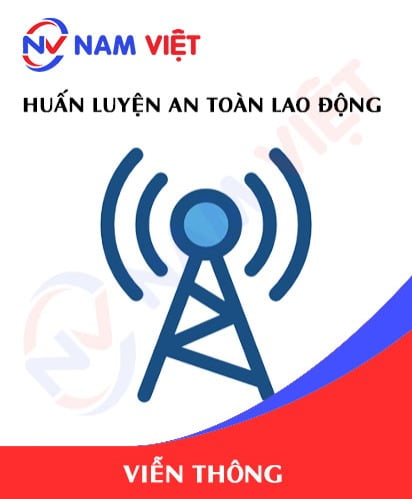

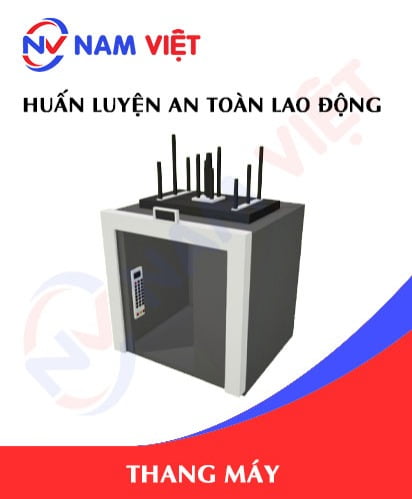
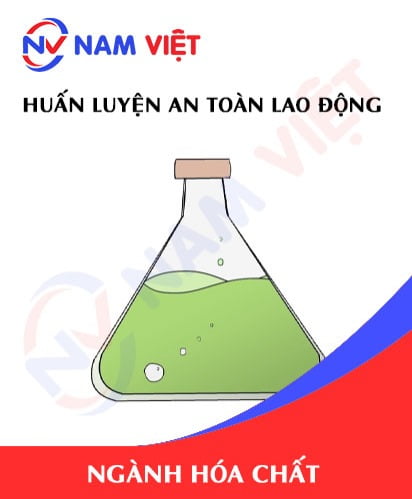
Review Occupational Safety Training for Operating Seawater Purification Machines
There are no reviews yet.